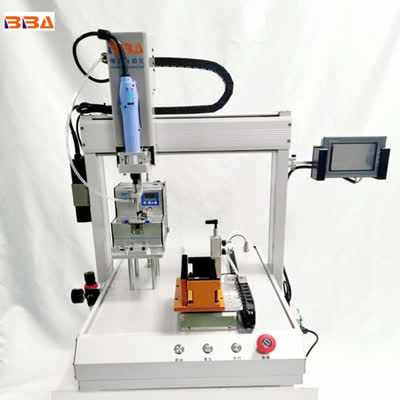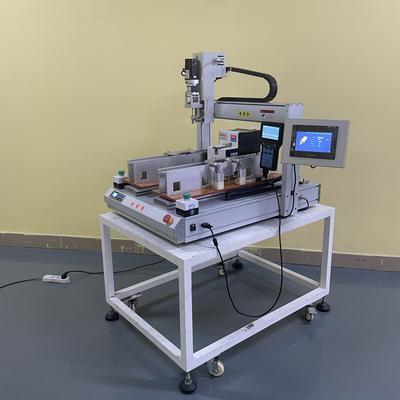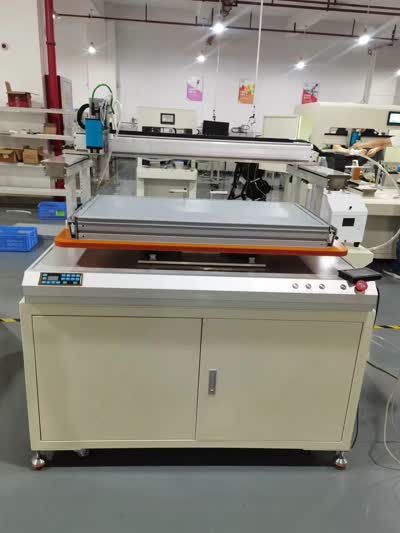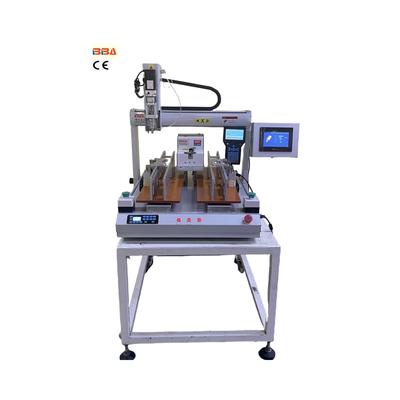Robotic Screwdrivers in Manufacturing: Pros, Cons, and Key Considerations
In modern manufacturing and assembly processes, robotic screwdrivers have emerged as a game-changing tool. These automated systems offer significant advantages but also pose unique challenges. Here’s a detailed look at the pros and cons of integrating robotic screwdrivers into production workflows.
Advantages of Robotic Screwdrivers
1. Enhanced Precision and Consistency
Robotic screwdrivers are programmed to perform tasks with exacting accuracy, eliminating human variability. They apply the correct torque consistently, reducing the risk of over-tightening or under-tightening screws. This precision ensures product quality and minimizes material waste.
2. Increased Productivity
Automated screwdriving systems operate continuously without breaks, fatigue, or distractions. They can handle repetitive tasks at high speeds, significantly boosting output and shortening production cycles. For large-scale operations, this leads to faster time-to-market and cost efficiencies.
3. Improved Worker Safety
By automating screwdriving tasks, companies reduce the risk of repetitive strain injuries or accidents associated with manual labor. Workers can be redeployed to more complex, value-added roles, enhancing overall workplace safety and morale.
4. Scalability and Flexibility
Modern robotic screwdrivers can be reprogrammed for different tasks, making them adaptable to changing production needs. Their integration with IoT-enabled systems also allows real-time monitoring and adjustments, supporting lean manufacturing practices.
Challenges of Robotic Screwdrivers
1. High Initial Investment
Purchasing and deploying robotic screwdriving systems requires substantial upfront costs, including hardware, software, and integration expenses. Smaller businesses may find it challenging to justify these investments without clear long-term ROI projections.
2. Technical Complexity
Setting up and maintaining these systems demands specialized technical expertise. Programming errors or calibration issues can lead to production delays, emphasizing the need for skilled personnel or external support.
3. Limited Adaptability to Varied Tasks
While robotic screwdrivers excel in repetitive environments, they may struggle with irregularly shaped components or unstable workpieces. Custom fixtures or additional sensors may be required, increasing complexity and costs.
4. Maintenance Requirements
Automated systems require regular upkeep to ensure optimal performance. Wear and tear on components like motors or grippers can lead to unplanned downtime if not proactively addressed.
Balancing the Equation
The decision to adopt robotic screwdrivers depends on factors such as production volume, product variability, and budget. For high-volume, standardized processes, the efficiency gains often outweigh the costs. However, businesses with smaller batches or frequent design changes may need to weigh the benefits against the flexibility constraints.
As technology advances, newer models are addressing historical limitations through AI-enabled vision systems and modular designs. Companies should evaluate suppliers based on post-sale support, scalability options, and compatibility with existing infrastructure to maximize their investment.
| Product Name | Applicable industries |
| CNC Screw Fastener | Power Tool Assembly Lines |



